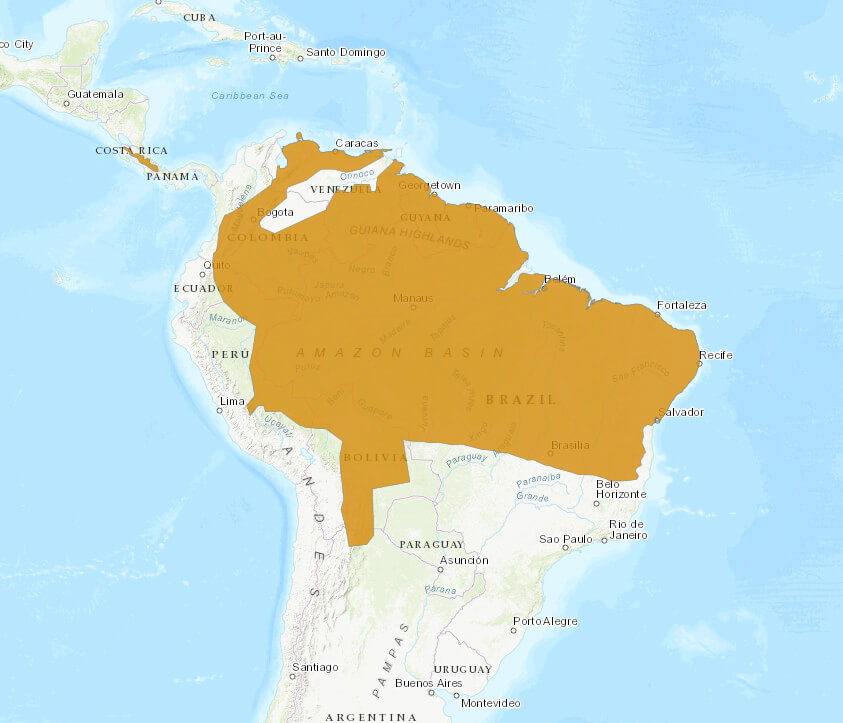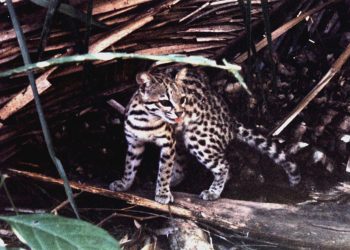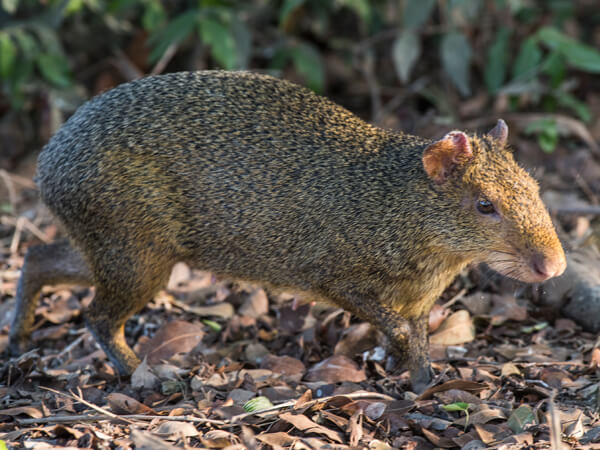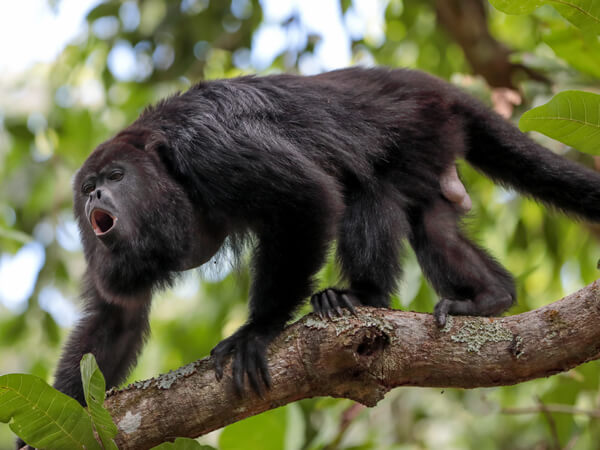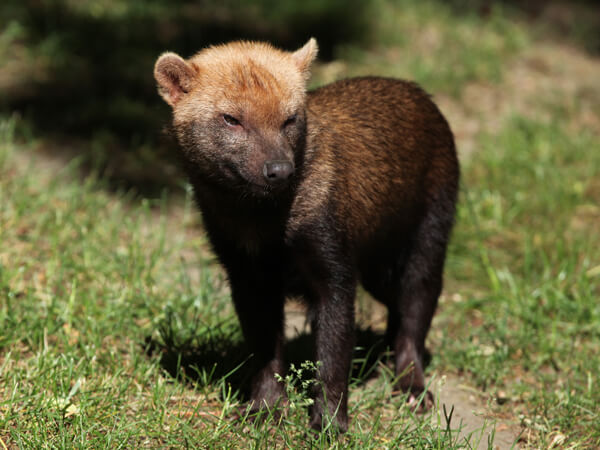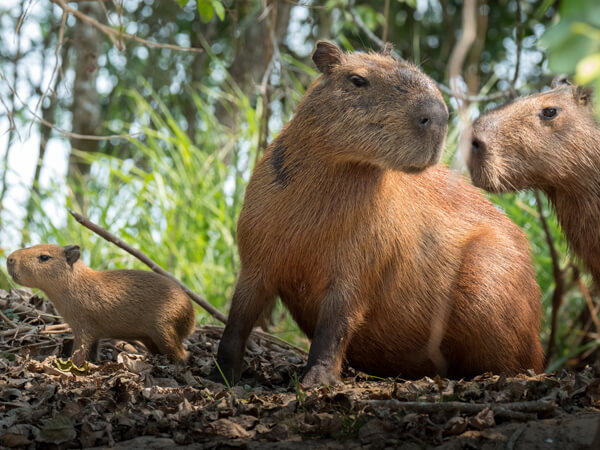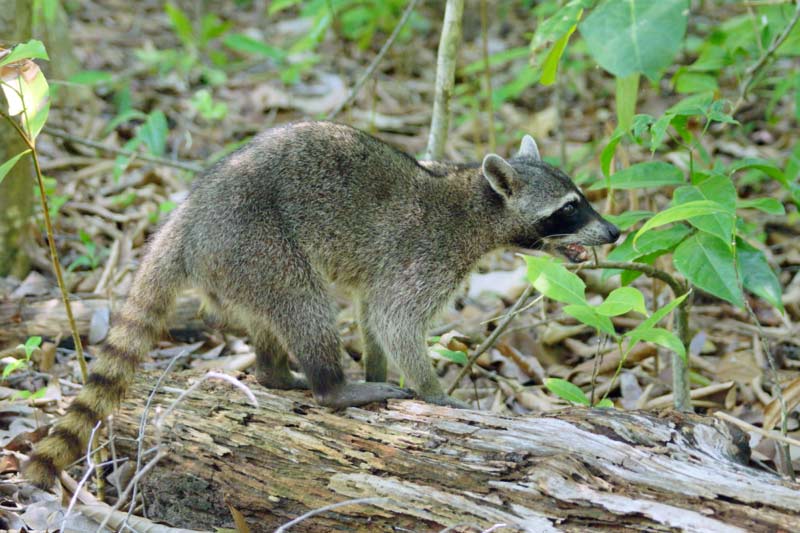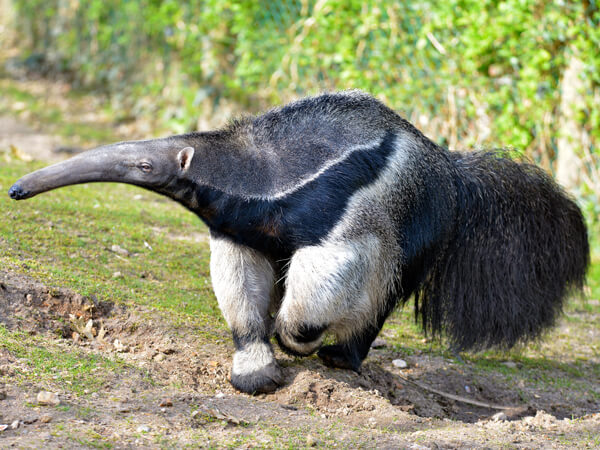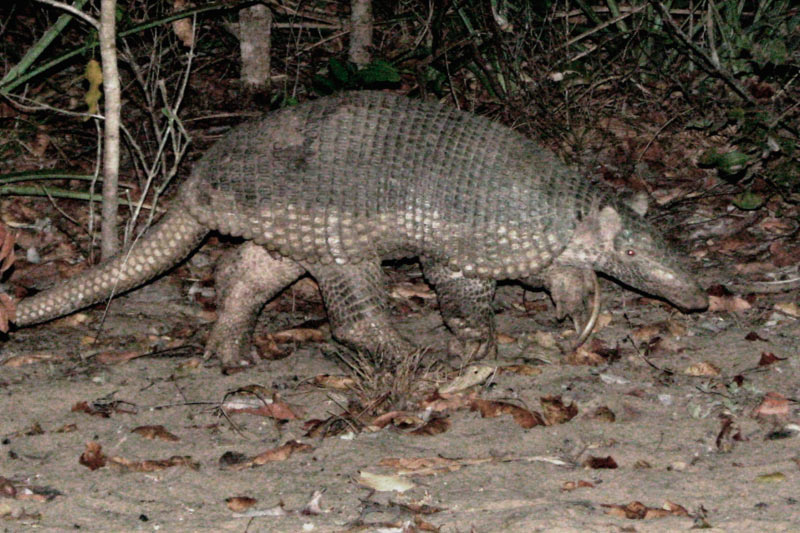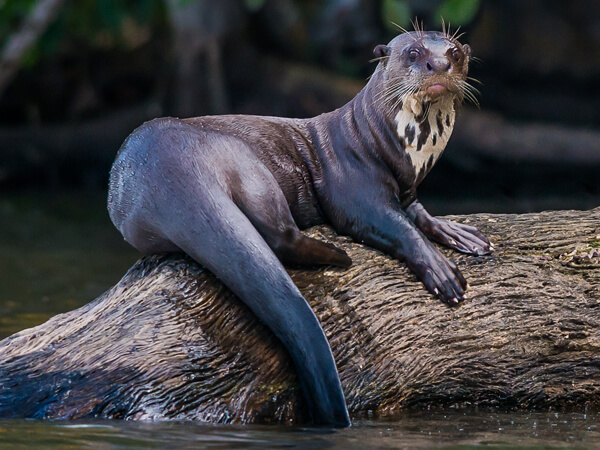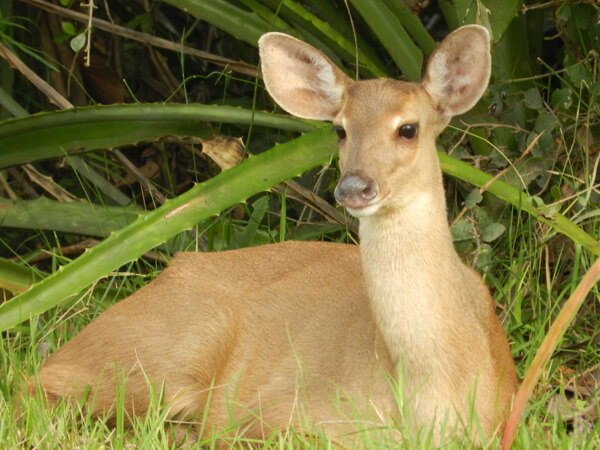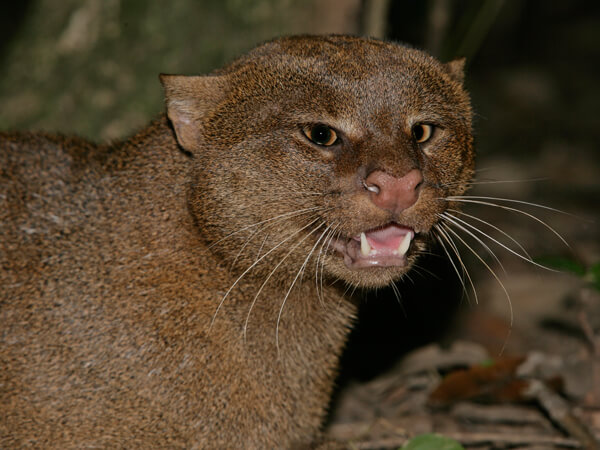Despite the similarity with the other South American wild cats, the oncilla is the smallest in size.
Click to learn more
Photo: Tadeu Oliveira
According to some scientists, the species should be divided into two: Leopadrus tigrinus and Leopardus guttulus (which is commonly regarded as a subspecies). Thus, the L. tigrinus are animals that reside in the north and northeast of Brazil, Venezuela and Guyana, whereas the L. guttulus reside in the southeast, south and midwest areas of Brazil, Paraguay and northeastern Argentina (Nascimento, 2010).
Distribution
The species is found in almost all of South America and parts of Central America. It inhabits almost all of Brazil, and is present in all biomes of our country, although it is quite rare in the Amazon.
Features
They are the smallest of the tabbies from South America, slightly larger than a domestic cat, weighing 1.5 to 3.5 kilograms, measuring between 38 and 55 centimeters in length, with their tail measuring between 22 and 42 centimeters. The male is slightly larger than the female. It is difficult to differentiate the oncilla from the margay, but the oncilla is a bit smaller in size, with tinier and more numerous spots. Melanic individuals are not uncommon, estimated at 20% of the whole population, and concentrated in regions such as Venezuela and southeastern Brazil. As in other species, melanic spots are visible in individuals depending on the brightness of the light. Oncillas are the size of a domestic cat and a rarely studied species in nature.
Behavior
They are nocturnal animals, preferring to hunt after dusk and throughout the night. Although they are occasionally seen in pairs, they are considered solitary. They usually hunt on the ground, but have the ability to hunt in trees if necessary.
Oncillas can present diurnal behavior, especially to avoid conflicts with ocelots, and in order not to be preyed upon. This behavior is referred to as the “pardalis effect.”
Food
Their diet consists mainly of small mammals, such as rodents, but they also prey on slightly larger mammals such as agoutis and pacas, as well as birds, reptiles, amphibians and insects.
Reproduction
Pregnancy varies between 65 and 78 days, and oncillas may give birth to between one and four cubs, although one cub is the norm. Like other cats, oncillas breed all year round without having a defined season. They reach sexual maturity on average at two years of age.
Conservation
Oncillas have been classified as “vulnerable” by the IUCN, but as “endangered” according to the national list of the ICMBio. The biggest threat to the species is closely linked to deforestation, and the loss and fragmentation of habitats.

